Hawai'i History Day
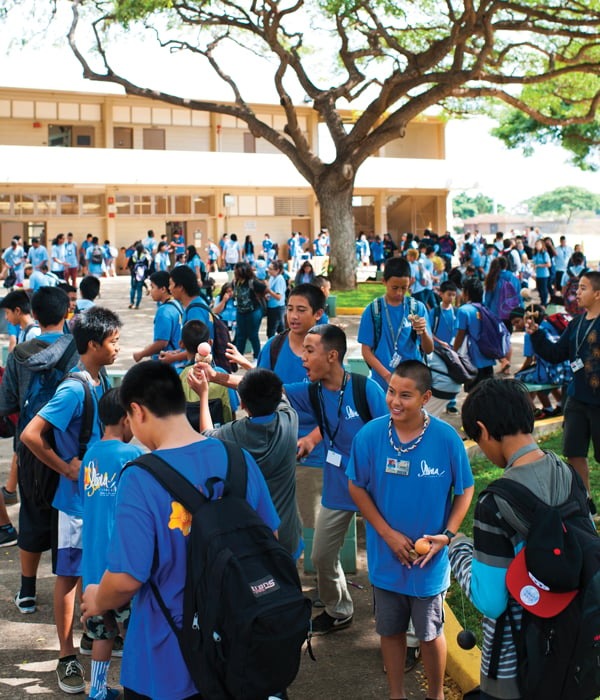
Just another topic with another project…
Middle school was a notably tumultuous chapter in my academic career, particularly made more memorable by the lifelong friends I made, the unruly students in classes, weekly shenanigans at the courtyard, and the high volume of fights that took place just outside the walls of campus. Amid the chaos that awaited each day, much of it had already become routine for me.
Nothing was unexpected. Instructors taught new material to the class every other week: students listened, others didn’t. We were assigned to small breakout groups for discussions about what we learned for a particular day, completed in-class exercises, homework was passed out to the class, and the day would end. It was the daily schedule and routine I came to expect. So, when my social studies teacher assigned our class a new module with a project attached at the tail end of it - I thought: “… another research paper…”
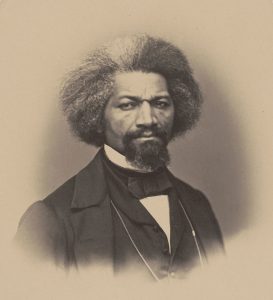
She told us that our work would be for National History Day, an education organization devoted to improving the teaching and learning of history. Its flagship event is an annual competition for students in grades 6-12 to develop research about topics in history that interest them which follow a particular concept for that year. In 2017, the theme was: Taking a Stand in History.
Note: Hawai’i History Day is an affiliate of National History Day. It is an annually recurring competition with fairs being held in different districts and schools throughout the state. Students particpate in increasing levels of stages ranging from schools, districts, state and on a National podium. Winners of the Hawai’i History Day State Fair would advance to Nationals for an opportunity to claim special cash prizes and scholarships.
Under her instructions and guidance, I began to choose a topic to build my research paper around. I was intrigued, but also confounded about what I should write about. Eventually, I found inspiration one morning while watching a show during breakfast.
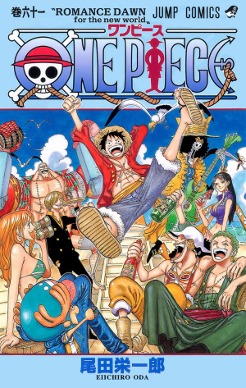
Cue One Piece.
The story follows Luffy, a young pirate and his crew as they try to find the One Piece - a vast treasure left behind by the Pirate King, Gold Roger. While on the high seas, the story delves into multiple instances of government oppression and historical lore of past atrocities as the protagonists visit an array of unique islands.
While catching up to the enormous library of episodes for the anime, one scene stuck out to me. During episode 568 of the Fishman Island arc, I found the narration and dialogue about discrimination very compelling: “if you hurt somebody or if somebody hurts you, the same red blood will be shed.”
Afterward, I began looking into past influential figures that fought for equality and freedom using their voices for reason as a stand against oppression. Ultimately, I decided to tackle the poignant conflicts surrounding slavery during the 19th century. Harriet Tubman, William Lloyd Garrison, Sojourner Truth, and Lucretia Mott were among the potential choices for my paper, but decided on Frederick Douglass. His life was a symbolic representation of the oppressed - later becoming the leading voice of the Abolitionist Movement during the late 19th century. After several weeks of work into research and writing, I submitted my paper without any further thought.
An unexpected surprise!
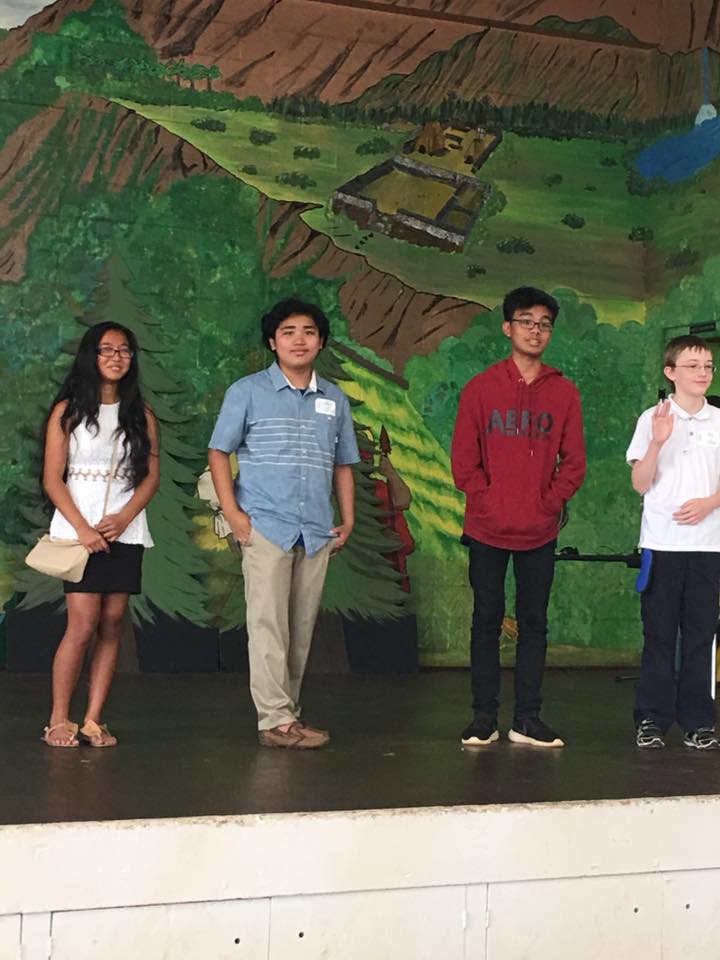
One morning at school, my social studies teacher told me that she enjoyed reading my research paper and chose to submit it as an entry to our school’s History Day competition. Surprisingly, she excitedly notified me that my submission was a winning entry in the school contest and I would be advancing to the district level for the competition.
With additional guidance to revise parts of my essay, I attended the Leeward District Fair a few months later. There, I was once again shocked when my submission was chosen as the winning entry, and I was given the opportunity to compete in the Hawai’i History Day State Fair. Unfortunately, though I did end up losing in this stage and wasn’t able to advance to Nationals, the experience as a whole was memorable and exhilarating.
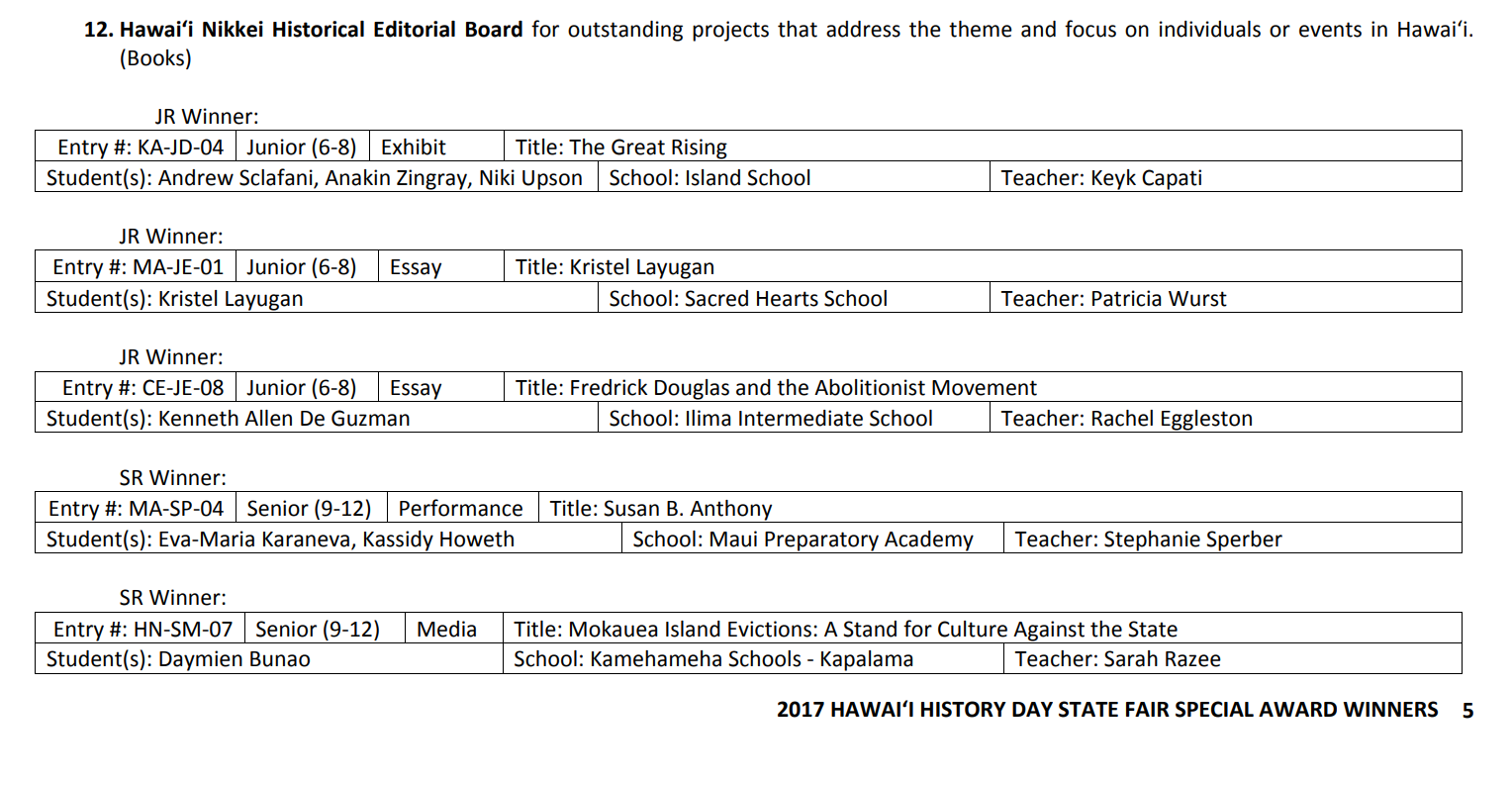
At the end of it, I encountered many hurdles and acquired knowledge in approaching a task with increasing levels of difficulty. Though my research paper was not chosen as a winning entry, I was awarded the Hawai’i Nikkei Historical Editorial Board for my extensive research that I provided in the annotated bibliography section of my submission. Research into Douglass, his life, and the competition as a whole taught me the greater importance of dedication and personal reflection during each stage of a process. Although I wanted to win at all stages, the experiences I had and insights I gained were just as valuable to me as it would have to win the entire event.
Here is a link to my research paper submission for the Hawai’i History Day State Fair.